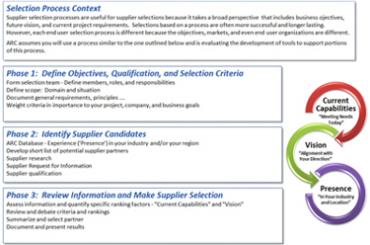




Batch Management System Selection Guide is designed to help life sciences, specialty chemical, food and beverage and others that produce products in batch operations to evaluate and select the best batch management software for their needs.
Key functions performed by Batch Management Software (BMS) applications vary from industry to industry as well as by plant size and complexity of operations. BMS solutions are often provided as a suite of applications that combine visibility into real-time production status; traceability and genealogy of manufactured product; performance analysis of production operations to identify trends and weaknesses; paperless management of production processes to reduce overhead; and operator instructions in the form of schedules, recipes, operating instructions, and batch records.
Modern batch management software systems help manufacturers achieve their quality, performance, traceability, and compliance goals by providing a great deal more off-the-shelf functionality, connectivity, and easy configurability compared to earlier generations of solutions.
New technologies with demonstrated power to remake the traditional IT paradigms have emerged. These include mobile devices (smart phones and tablets), the Cloud, and Industrial Internet of Things (IIoT). Advances in hardware, software, networking, communications, and other technologies, as well as in reliability, usability, and standards, have created an infrastructure expectation for business and consumers; this enables collaboration in sub-networks or external competitive value networks, and reaching out directly to customers. 
Expectedly, most manufacturers are not on the leading edge of moving plant software to the cloud, or being able to take advantage of IIoT. Even so, non-critical applications such as reporting or visibility are beginning to be deployed in the cloud. In other cases, typically where the requirements are straightforward and not mission critical, simple BMS functionality may be deployed in the cloud, especially where cloud-based business systems are already in use. Some BMS applications can run on virtual servers from companies such as VMware, Microsoft, or Oracle. For these, it is only a small step to the cloud.
ARC has been researching the production management markets for over two decades. Based on this knowledge, ARC analysts have developed a comprehensive set of criteria and strategies to help manufacturing companies select the best solutions to meet their needs now and in the future. For batch-oriented production plants, a well planned and executed batch management software system is essential to success.
For more information on this technology guide or to discuss how we can help you, please contact us.




